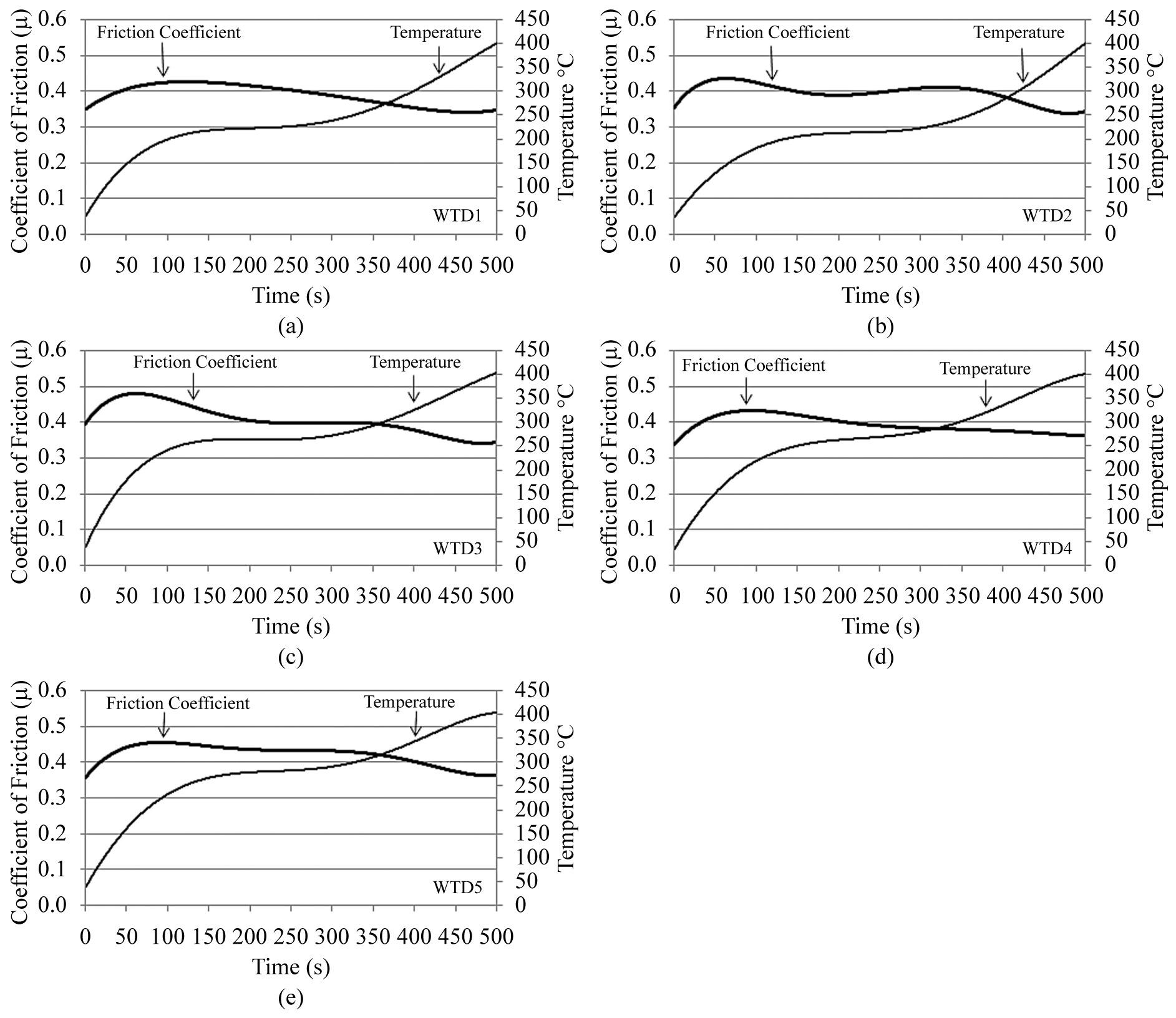Abstract
This research is focused on the effect of porosity on the friction-wear properties of automotive brake pads. Waste Tire Dust (WTD) was used as a new friction material in brake pads. Newly formulated brake pad materials with five different components have been produced by conventional techniques. In the experimental studies, the change of the friction coefficient, the temperature of the friction surface, the specific wear rate, and the hardness, density and porosity were measured. In addition, the micro-structural characterizations of brake pads are determined using Scanning Electron Microscopy (SEM). The mean coefficient of friction, porosity and specific wear are increased due to a WTD rate increases, on the other hand, hardness and density are decreased. As a result, WTD can be considered as an alternative to revalorize this kind of waste products in the brake pads and the amount of porosity of the brake pad affected the friction coefficient and wear behavior of the pad.
Keywords:
brake pad; composite materials; friction; porosity; waste tire

 Thumbnail
Thumbnail
 Thumbnail
Thumbnail
 Thumbnail
Thumbnail


